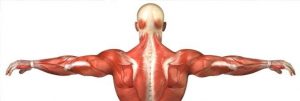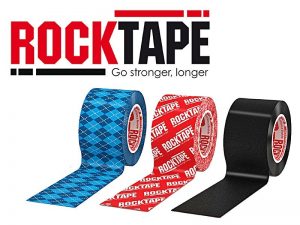Kinesiology Taping
OVERVIEW
- Kinesiology taping turns down the volume on pain
More specifically, it causes interference on pain. Ever whack your shin and rub it, and suddenly realize you feel better? Kinesiology tape on the skin can interfere with painful signals which are directed to the brain.
When the signals arriving to the brain are altered, it does not produce the sensation of pain. When kinesiology tape is properly applied, many of our customers call it “magic” or think that it fixed their injury instantly. In fact, it helps to change how your body interprets pain, turning down the pain “volume” that your body hears.
- Decompresses an area of swelling and inflammation
When Kinesiology tape is applied to the skin, it has a microscopic lifting effect underneath the skin and between the many layers. This allows the by-products created by inflammation to be removed more quickly.
- It delays fatigue
Research has shown that Kinesiology tape on skin can attenuate muscle fatigue. In rehab, this is very important, not only for the parts of your body that are currently hurting, but also for the surrounding areas as they help to pick up the slack for muscles that are currently not working well.
- It normalises muscle tone
When someone is injured, fatigued, sick, or inflamed, the symphony of muscle action that normally takes place with great accuracy often falls out of tune. This can happen all over the body. For instance, research has shown that people who sprain their ankle tend to have altered activity of their hip muscle as a result. Kinesiology tape helps bring dormant muscle back to life and help calm down the overactive muscles. It helps your body coordinate movement as if it weren’t hurt, hence allowing it to heal properly.
- It distributes physical stress
Unlike conventional taping, which prevents movement, we a Trees Treatment Rooms chose to use RockTape which allows full movement of a taped area. Through elastic properties and quick recoil, RockTape can help distribute forces to other nearby areas through the fascia, ligaments, and even bones.



